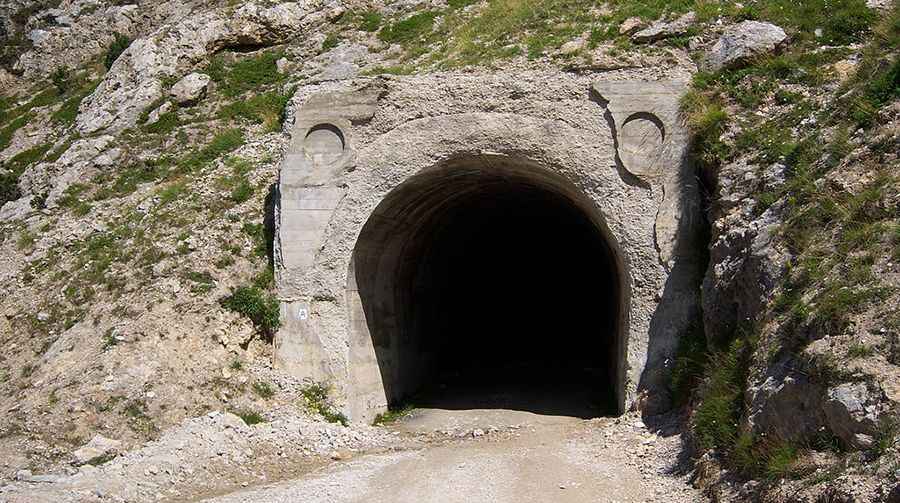Discovering the secrets of Galleria dei Saraceni, a high-altitude tunnel in Piedmont
Galleria dei Saraceni is a high-altitude tunnel at an elevation of 2,224m (7,296ft) above sea level, located in the Piedmont region of Italy.

What is the history of Galleria dei Saraceni?
Originally constructed as a military road during WWI, the tunnel and its encompassing road, known by names such as Strada militare Fenil-Pramand-Föens-Jafferau and Strada militare 79, played a significant role in the region's history. The road's construction began in 1925 and was completed in 1929.
How challenging is Galleria dei Saraceni?
Driving or even walking through this tunnel, also known as Galleria Monte Seguret, is not for the faint-hearted. The road is gravelled, steep, and poses various challenges due to its narrowness and precarious conditions. It requires undivided attention and is best suited for experienced drivers. While it might tempt some adventurers, it's advisable to be cautious, adopting the "slow and steady" approach. Before attempting entry, travelers should note the tunnel's width, which is just 3 meters,
What should travelers expect inside Galleria dei Saraceni?
Located in the southwestern Alps, this 876-meter long tunnel has no lights, creating a dark passage. Potholes filled with water and continuous dripping add to its eerie atmosphere. The tunnel's unlined walls contribute to significant water leakage, sometimes causing streams several inches deep. A strong flashlight is essential for navigating through. The tunnel can be both exhilarating and unnerving.
Pic: By Gigillo83 (Own work) [CC BY-SA 3.0 (https://creativecommons.org/licenses/by-sa/3.0) or GFDL (http://www.gnu.org/copyleft/fdl.html)], via Wikimedia Commons